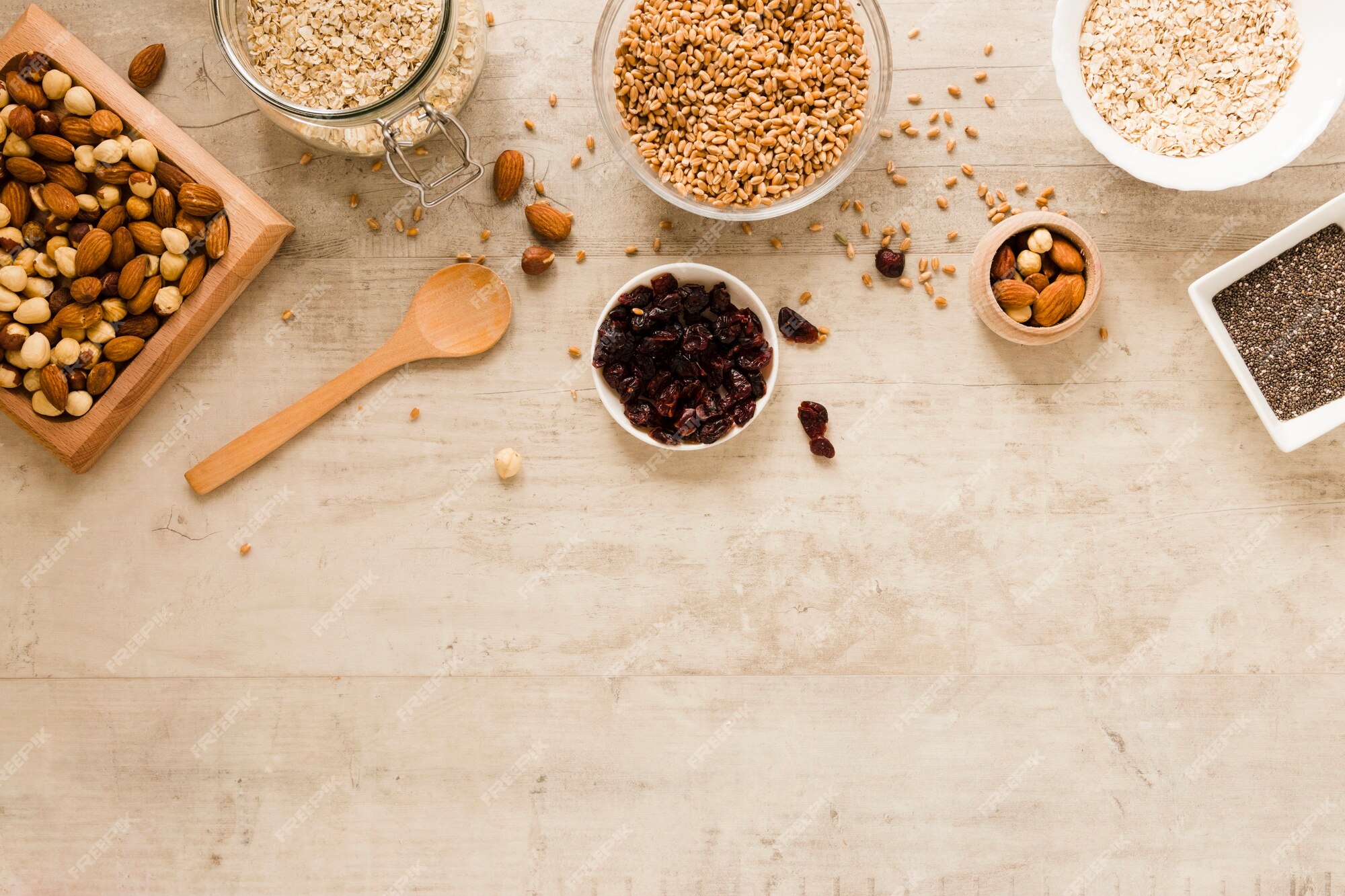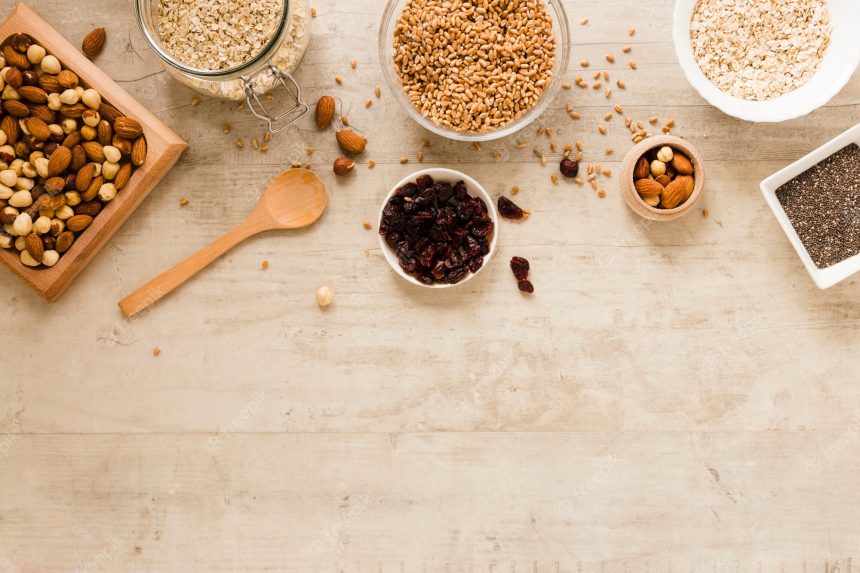
In today’s health-conscious world, people are constantly searching for nutritious and diverse foods to include in their diets. One such grain that has gained significant popularity in recent years is quinoa. Known as an “essential grain,” quinoa has become a staple in the New World diet due to its numerous health benefits and versatility. In this article, we will explore the wonders of quinoa, from its history to its nutritional value and culinary applications.
The Origins of Quinoa
A Grain with Ancient Roots
Quinoa (pronounced KEEN-wah) is not a recent discovery but has a history that spans thousands of years. Its origins can be traced back to the ancient Inca civilization in South America, particularly in the Andes region of Peru and Bolivia. The Incas regarded quinoa as a sacred crop and referred to it as the “mother of all grains.”
Nutritional Powerhouse
Packed with Essential Nutrients
Quinoa is often hailed as a nutritional powerhouse, and for a good reason. It is rich in essential nutrients, making it a valuable addition to any diet. Here are some key nutritional facts about quinoa:
1. High-Quality Protein
Quinoa is one of the few plant-based foods that provide a complete protein source, containing all nine essential amino acids. This makes it an excellent choice for vegetarians and vegans looking to meet their protein needs.
2. Abundant Dietary Fiber
Dietary fiber is crucial for digestive health, and quinoa is loaded with it. Consuming quinoa can help regulate digestion, prevent constipation, and support a healthy gut.
3. Essential Vitamins and Minerals
Quinoa is a good source of vitamins and minerals, including magnesium, phosphorus, manganese, and folate. These nutrients play vital roles in maintaining overall health.
4. Antioxidant Properties
Quinoa contains various antioxidants, such as quercetin and kaempferol, which help combat oxidative stress and reduce the risk of chronic diseases.
Versatile in the Kitchen
Endless Culinary Possibilities
One of quinoa’s most appealing characteristics is its versatility in the kitchen. You can use quinoa in a wide variety of dishes, both savory and sweet. Some popular ways to enjoy quinoa include:
1. Quinoa Salad
Combine cooked quinoa with fresh vegetables, herbs, and a zesty dressing for a refreshing and nutritious salad.
2. Quinoa Bowl
Create a quinoa bowl with your favorite toppings, such as avocado, roasted vegetables, and a protein source like grilled chicken or tofu.
3. Quinoa Porridge
Start your day with a hearty and filling breakfast by making quinoa porridge with milk or a dairy-free alternative, sweetening it with honey or maple syrup.
4. Quinoa-Stuffed Peppers
Stuff bell peppers with a quinoa and vegetable mixture, bake until tender, and enjoy a satisfying meal.
The Gluten-Free Alternative
Suitable for Various Dietary Needs
In addition to being nutrient-dense and versatile, quinoa is also gluten-free. This makes it an excellent choice for individuals with gluten sensitivities or those who have celiac disease. Quinoa can be used as a substitute for wheat-based grains like couscous or bulgur in recipes, allowing for greater dietary inclusivity.
Conclusion
Quinoa, the “essential grain” of the New World diet, has certainly earned its reputation as a nutritional superstar. With its rich history, impressive nutritional profile, and culinary adaptability, quinoa is a must-try for anyone seeking a healthier and more diverse diet. Incorporating this ancient grain into your meals can not only enhance your overall well-being but also introduce your taste buds to a world of delicious possibilities.
FAQs
1. Is quinoa a complete protein?
Yes, quinoa is a complete protein, containing all nine essential amino acids, making it an ideal choice for vegetarians and vegans.
2. How do I cook quinoa?
To cook quinoa, rinse it thoroughly, combine it with water or broth, and simmer it until the liquid is absorbed, typically for about 15-20 minutes.
3. Can quinoa help with weight management?
Yes, quinoa’s high fiber content can help you feel fuller for longer, potentially aiding in weight management.
4. What are some creative ways to use quinoa in desserts?
You can use quinoa flour to make gluten-free desserts like chocolate chip cookies or incorporate cooked quinoa into puddings or fruit salads.
5. Is quinoa suitable for a low-carb diet?
Quinoa is not considered low-carb, as it contains carbohydrates. However, it is a healthy source of complex carbohydrates and is a better choice than refined grains for those watching their carb intake.






